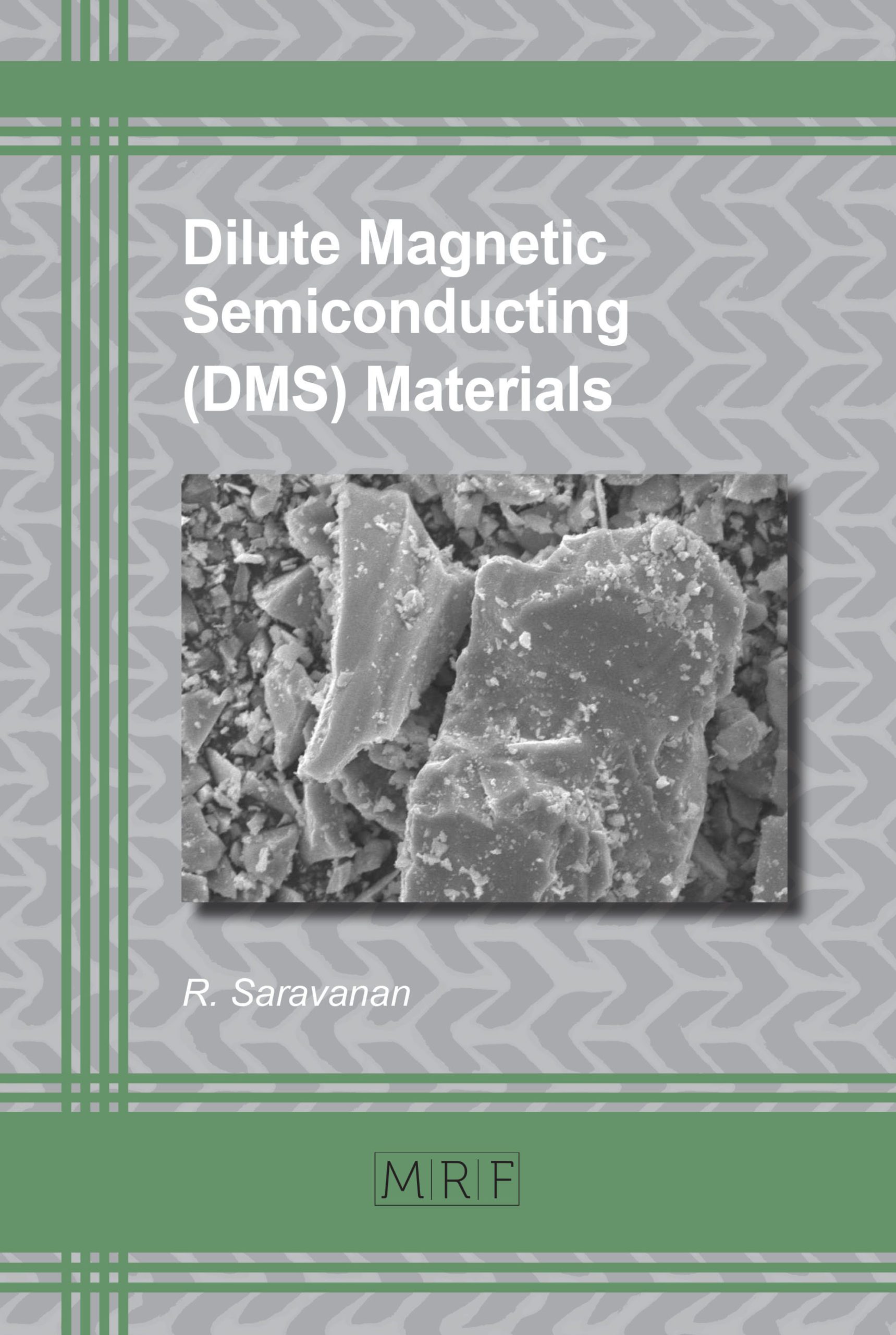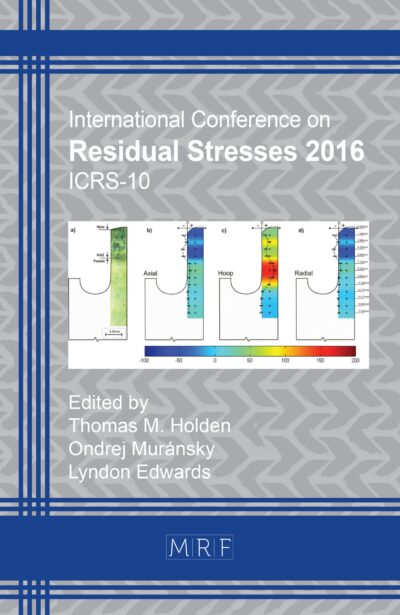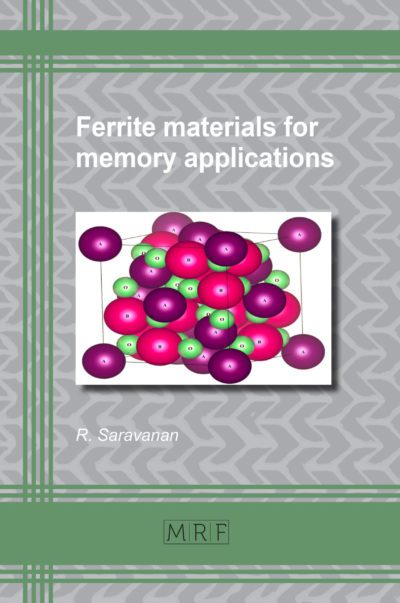Dilute Magnetic Semiconducting (DMS) Materials
R. Saravanan
Materials Research Foundations Volume 35
Publication Date 2018, 206 Pages
Print ISBN 9781945291760 (release date August 25th, 2018)
ePDF ISBN 9781945291777
DOI: 10.21741/9781945291777
Diluted Magnetic Semiconductors (DMS) play a vital role in modern electronics industry. It is important to understand the fundamental properties of these materials in order to apply them to their full potential.
This book presents an analysis of the charge density distribution and other properties of some silicon and germanium based diluted magnetic semiconductors. A quantitative analysis of the charge density distribution has been done in order to obtain measurements of the charges involved in the bonding, which are decisive for the physical and chemical properties of the DMS materials. Also, the local structures of the materials have been analyzed by studying their powder X-ray diffraction intensities. Analysis of the magnetic properties of the DMS materials is mandatory and has been accomplished by magnetic measurements carried out using a vibrating sample magnetometer. The morphology of the DMS materials has been studied using scanning electron micrographs.
Keywords
Diluted Magnetic Semiconductors (DMS), Magnetic Semiconductors, Vanadium Doped Germanium, Manganese Doped Germanium, Cobalt Doped Germanium, Manganese Doped Silicon, Nickel Doped Silicon














